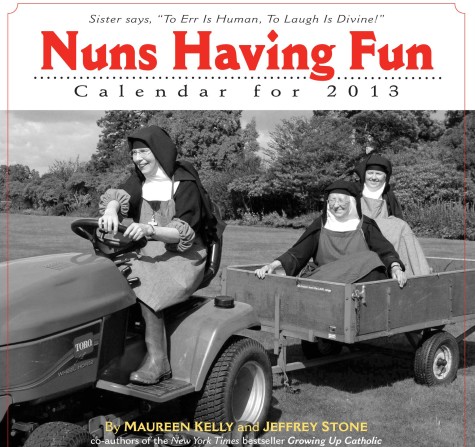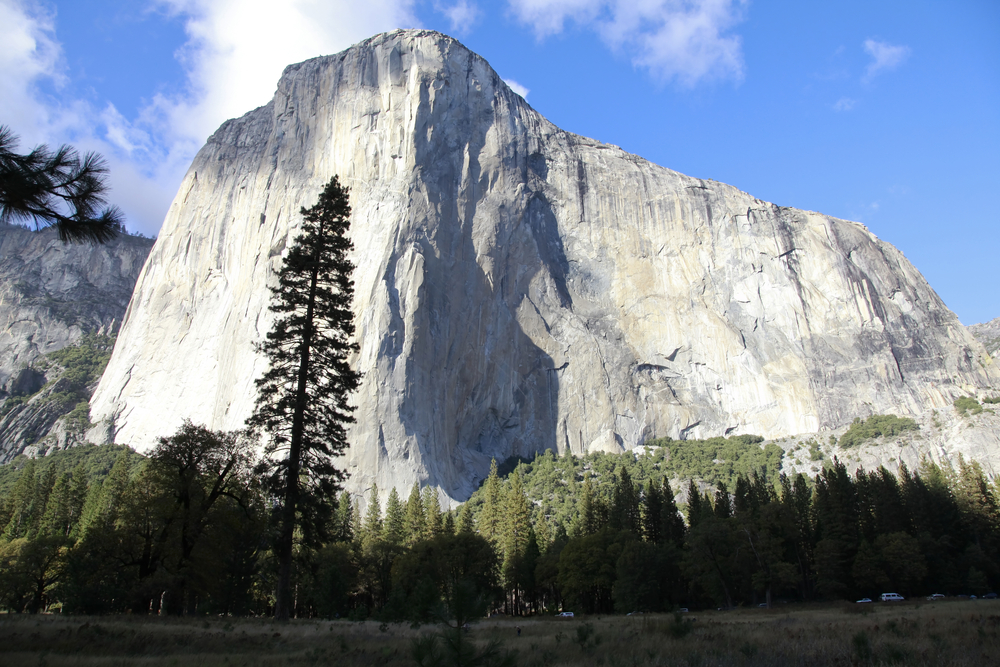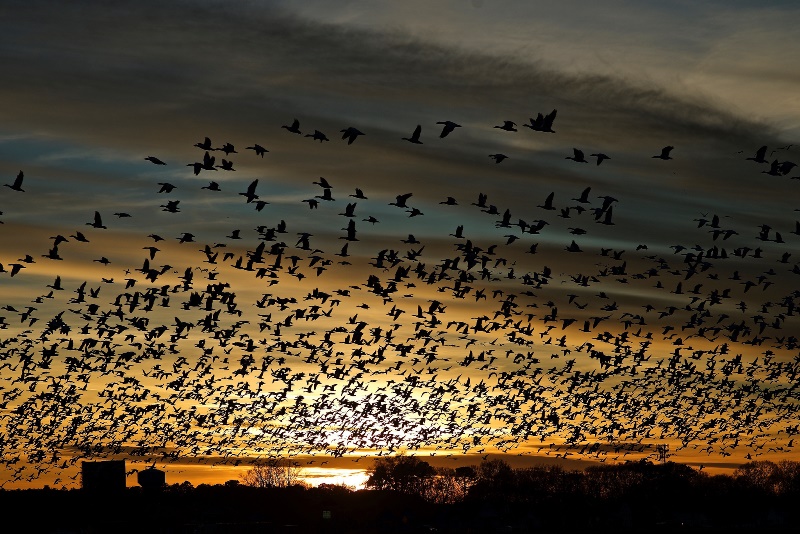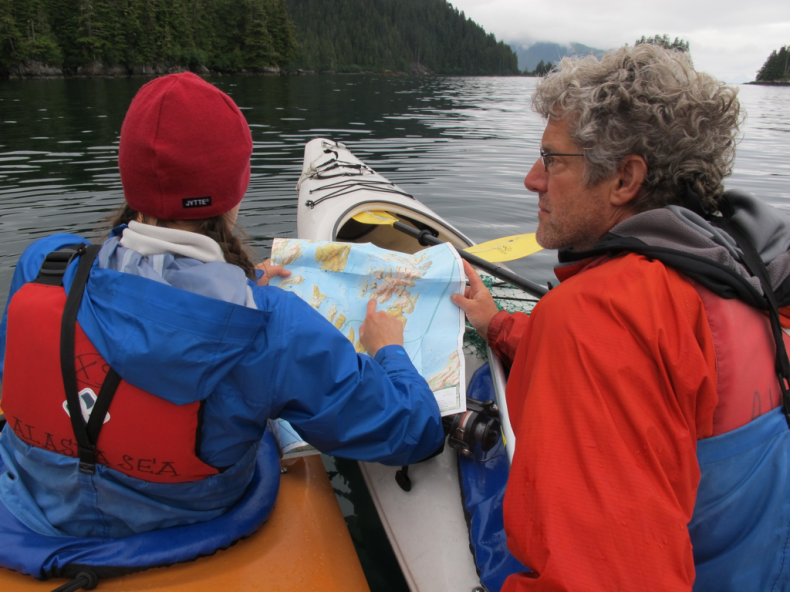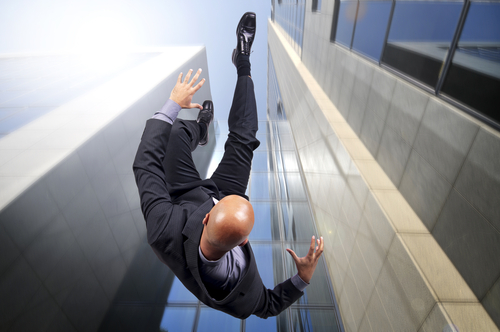Influenza hit the US hard this winter. In December, the Centers for Disease Control and Prevention (CDC) reported that influenza had reached epidemic proportions across large swaths of the country. Most of us think of the flu as an inconvenience, but the virus can be deadly. In early January, a 26-year-old radiology technician in Wisconsin died when her illness morphed into a blood infection that stopped her heart.
The best way to protect yourself from infection is the flu vaccine. But the shot doesn’t always work. In good years, the flu vaccine is only about 60% effective. And this year is not a good year. Last week the CDC reported that the current vaccine appears to have an effectiveness of just 23%. That means that this season’s vaccine cuts the risk of a doctor’s visit for flu symptoms by about 23%. The vaccine is even less effective in adults and seniors. Continue reading

